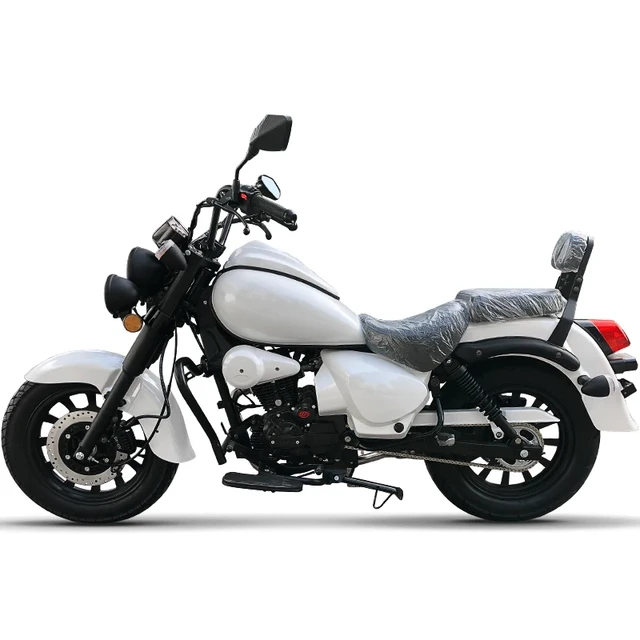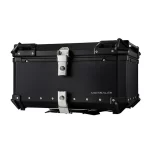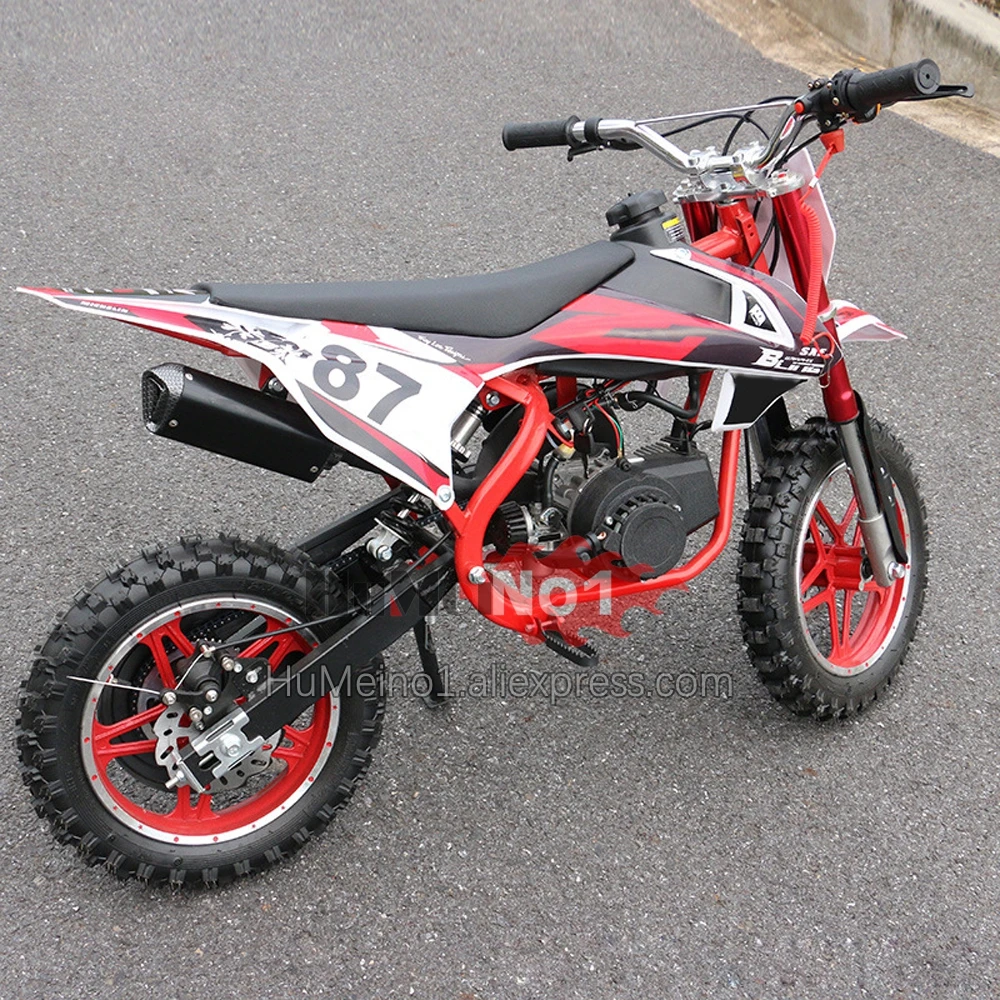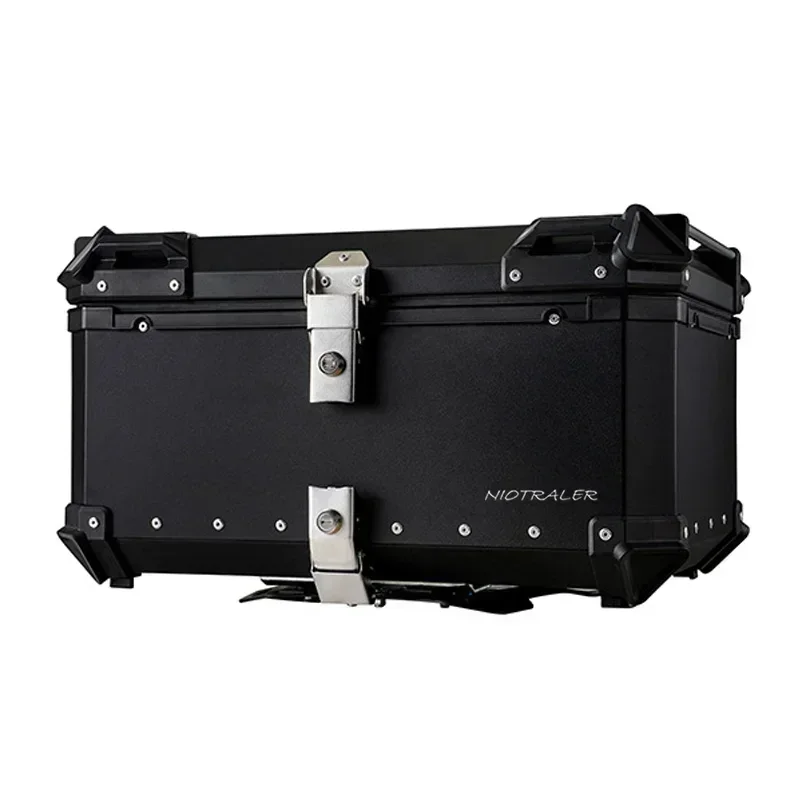Introduction:
A Vehicle Identification Number (VIN) is essential for motorcycles, serving as a unique identifier that provides vital information about the vehicle. This comprehensive guide explains what a VIN is, how to locate it on your motorcycle, and how to decode the information it contains. Additionally, it highlights the importance of the VIN in various scenarios, such as purchasing, registration, and maintenance.

VIN Number for Motorcycles:
What Is It and How Can You Decode It?
Understanding the Basics:
What Is a VIN and Why Is It Important for Motorcycles?
The VIN is a unique code assigned to every motor vehicle when it’s manufactured. Understanding its significance helps in various aspects of vehicle ownership.
Definition of VIN:
Unique Identifier:
Standardized Code:
The VIN is a 17-character code that includes numbers and letters. It’s globally standardized and used to identify motorcycles and other vehicles uniquely.
Vehicle Information:
This code contains detailed information about the motorcycle’s manufacturer, model, year, and other critical data.

Importance of VIN:
Ownership Verification:
Proof of Identity:
The VIN acts as an identity card for your motorcycle, proving ownership and helping to verify that the bike has not been stolen or tampered with.
Legal Requirements:
Registration, insurance, and legal documentation all require the VIN to ensure the motorcycle is correctly identified and tracked.
Locating the VIN:
Where Can You Find the VIN on a Motorcycle?
The VIN is usually located in several places on a motorcycle. Familiarizing yourself with these locations ensures you can easily find the VIN when needed.
Common Locations:
Stamped on Frame:
Headstock Area:
One of the most common places to find the VIN on a motorcycle is the headstock, which is the part of the frame where the front forks pivot.
Frame Tubing:
It may also be stamped on other parts of the frame tubing. Check along the sides or underneath the seat.
VIN Plate:
Metal Plate:
Manufacturers often place a VIN plate made of metal or aluminum on the motorcycle. This plate is riveted or welded onto a prominent area like the frame or engine block.
Owner’s Manual and Documents:
Documentation:
Official Papers:
The VIN will be listed in the owner’s manual, on the registration documents, and on the title of the motorcycle.
Insurance Card:
Insurance documents typically also include the VIN, providing another convenient reference point.

Decoding the VIN:
How Can You Read and Interpret the VIN of a Motorcycle?
Understanding how to decode a motorcycle’s VIN allows you to access detailed information about the vehicle’s specifications and history.
Structure of the VIN:
17-Character Code:
World Manufacturer Identifier (WMI):
First Three Characters:
The first three characters of the VIN are known as the World Manufacturer Identifier (WMI). They indicate the country of origin, manufacturer, and type of vehicle. For example, ‘1HD’ in a Harley-Davidson VIN indicates it’s manufactured in the United States.
Vehicle Descriptor Section (VDS):
Characters 4 to 9:
The next six characters, known as the Vehicle Descriptor Section (VDS), detail the model, engine type, body style, and other vehicle-specific information. For instance, specific characters within this section might denote the engine size or the fuel system of the motorcycle.
Vehicle Identifier Section (VIS):
Characters 10 to 17:
The final eight characters, known as the Vehicle Identifier Section (VIS), include the model year, plant of manufacture, and a unique serial number. The tenth character often represents the model year, with a specific code used to denote each year.
Example Decoding:
Step-by-Step Decoding:
Sample VIN:
Consider the VIN ‘1HD1BW11XLY123456’ for a Harley-Davidson motorcycle.
WMI Analysis:
‘1HD’ indicates it’s a Harley-Davidson manufactured in the United States.
VDS Analysis:
‘1BW11’ provides details about the model and engine type. In this case, it might denote a specific model and engine configuration.
VIS Analysis:
‘XLY123456’ indicates the motorcycle’s unique serial number, with ‘L’ representing the model year 1990, ‘Y’ specifying the assembly plant, and ‘123456’ as the unique serial number.

Uses of the VIN:
How Can You Use the VIN for Various Aspects of Motorcycle Ownership?
The VIN plays a critical role in several areas, from purchasing and registration to maintenance and resale.
Purchasing a Motorcycle:
Vehicle History:
Checking History Reports:
Use the VIN to obtain a detailed vehicle history report. Services like CARFAX or the National Motor Vehicle Title Information System (NMVTIS) provide information on previous ownership, accidents, odometer readings, and more.
Avoiding Fraud:
Verify the VIN with the manufacturer to ensure it hasn’t been tampered with or altered, which can indicate potential fraud or stolen status.
Registration and Insurance:
Legal Documentation:
State Requirements:
When registering a motorcycle, many state DMVs require the VIN as part of the official documentation. Accurate VIN submission ensures proper registration and title issuance.
Insurance Purposes:
Insurers use the VIN to assess the motorcycle’s value, model specifications, and legal compliance. Accurate VIN reporting helps in obtaining the correct insurance coverage.
Maintenance and Recalls:
Service Information:
Accurate Servicing:
The VIN of a motorcycle is a critical component in managing the aftermath of a motorcycle crash. It serves multiple purposes, from verifying the motorcycle’s identity and ownership to accessing detailed vehicle history and ensuring accurate repairs.
Recall Notifications:
Manufacturers issue recall notifications based on VIN. Registering your motorcycle with the manufacturer can ensure you receive important safety and recall information promptly.
Selling the Motorcycle:
Resale Value:
Historical Accuracy:
Providing an accurate VIN helps potential buyers verify the motorcycle’s history, instilling confidence and potentially increasing the resale value.
Documentation Proof:
A clear VIN record supports the transfer process and simplifies the legal paperwork when selling the motorcycle.
Special Cases: What Are the Considerations for Custom or Modified Motorcycles?
Custom or heavily modified motorcycles can present unique challenges related to VINs and legal compliance.

VIN Alterations:
Legal Implications:
Prohibited Modifications:
Altering or tampering with the VIN is illegal and can result in severe penalties, including fines and legal actions.
Reconstructed and Kit Bikes:
New VIN Assignment:
Approval Process:
Follow the specific process defined by local DMV or equivalent regulatory bodies to acquire a new VIN for custom builds. This usually involves inspections and providing documentation of part sources.
Finding Compatible Gear:
How Does the VIN Help in Selecting Protective Gear?
Choosing the right protective gear is essential for rider safety. The VIN can inform these decisions indirectly by ensuring compatibility with the motorcycle’s specifications.
Conclusion
The VIN is an indispensable part of motorcycle identification, containing crucial information about the vehicle’s origin, specifications, and history. By understanding how to locate and decode the VIN, motorcycle owners can verify ownership, assess vehicle history, ensure proper registration and insurance, and maintain the bike more effectively. Whether dealing with a new purchase, a resale, or managing custom modifications, the VIN provides the transparency and verification needed to navigate the complexities of motorcycle ownership confidently.











